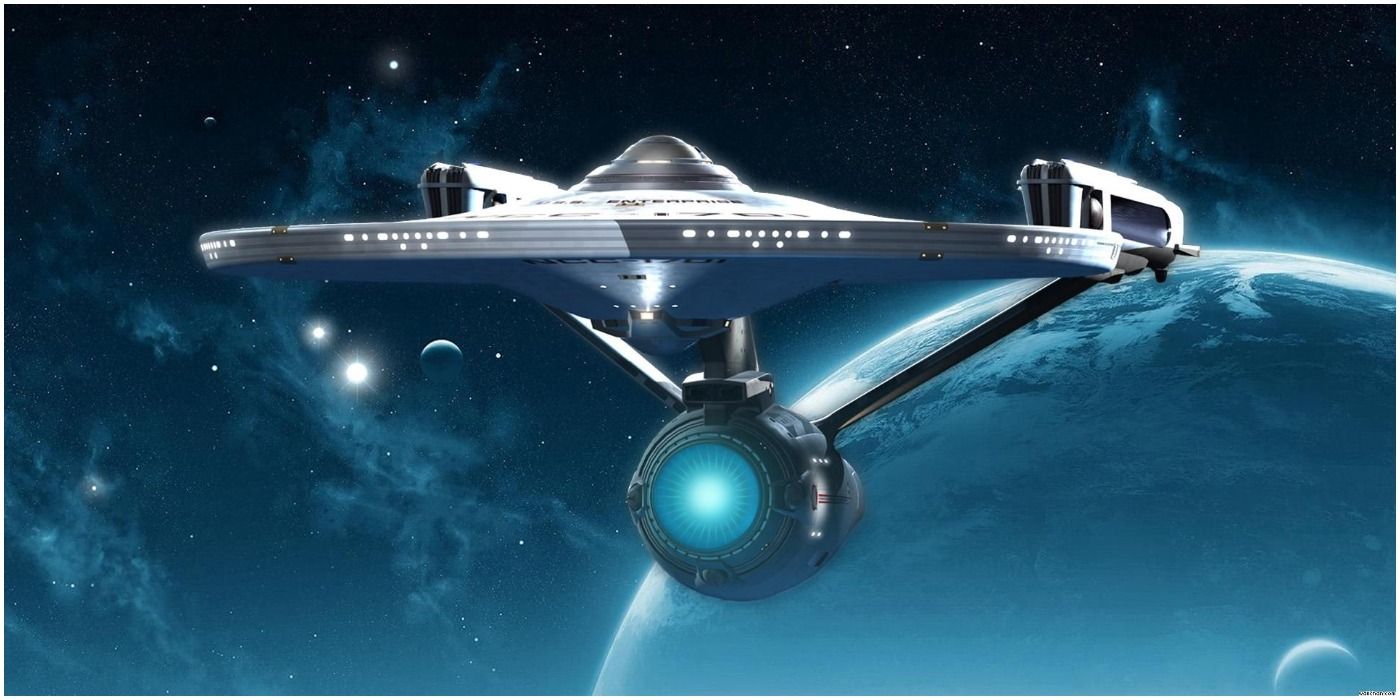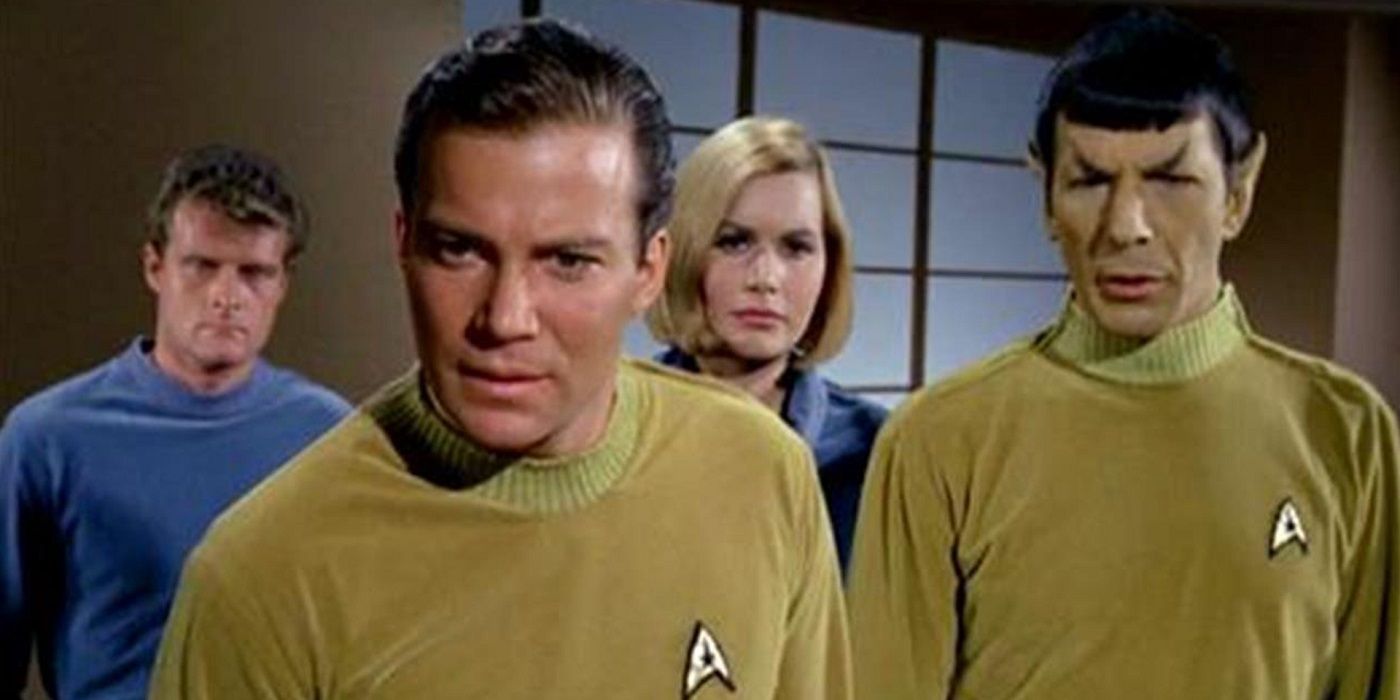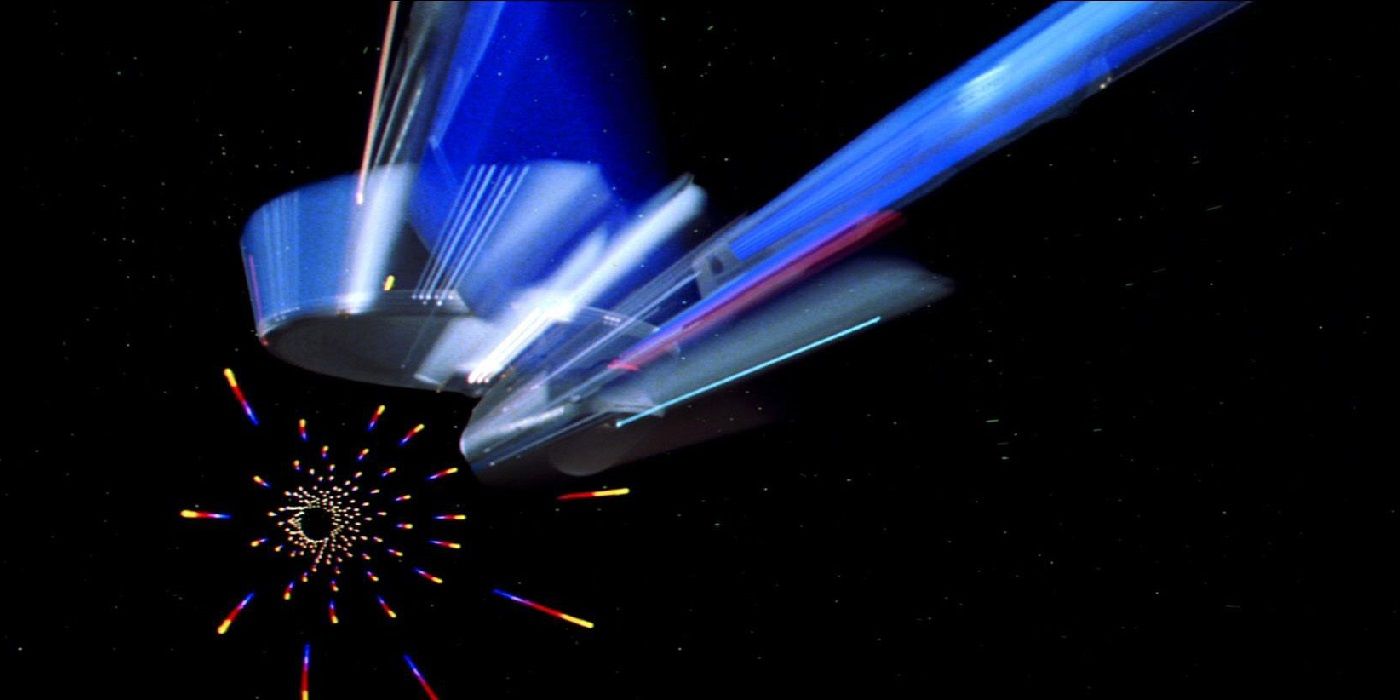Star Trek’s Stardate is an integral part of the franchise. At this point, it has become so elaborate that fans can accurately track the course of events throughout the Trek universe simply by checking the Stardate. Like so much about the first series, it didn’t start out that way. It was created solely to disguise the precise date of the show’s future, and it was only through Trek's phenomenal success that it grew into something larger. A tangled development process led to confusion about how the system works. In actuality, the basics are quite simple.
The Original Series cemented the concept’s status by repetition. William Shatner’s “Captain’s Log” voice-overs were a strong way to provide plot exposition, and the Stardate sounded like something a space captain would use in the future. It started every episode of the first series, then continued with Patrick Stewart on Star Trek: The Next Generation and subsequent series. During the build-up to Star Trek: Discovery's premiere, Star Trek’s Twitter began counting off Stardates leading to the in-universe date of the first episode.
Canonically, Stardates are intended to provide a universal calendar for governments spanning numerous planets and cultures, as well as the normality of spaceships that could surpass the speed of light and thus violate notions of relativity. In The Making of Star Trek book, Roddenberry reveals that he invented it to get around awkward questions of when certain technologies were invented. He planned for the Stardates to advance every episode but didn’t get more specific than that.
That changed when reruns of The Original Series began to air out of order, and sharp-eyed fans noticed the Stardates jumping back and forth every week. Roddenberry struggled to set a measurable timetable to explain the notion, which carried over into the development of The Next Generation, where he was determined to set the record straight. A five-digit code was developed and refined, with a few easy hints to let the writers and fans keep track of it. Star Trek has stuck with it ever since.
The “rebooted” Stardate and the best spot to explain how it works occurred with The Next Generation series premiere, “Encounter at Farpoint.” The episode began on Stardate 41153.7, which matches the year 2364 on the real-world calendar when the episode supposedly takes place. The digit “4” represents the 24th century, and the first “1” represents the first season of The Next Generation. The remaining numbers advance throughout the season until season 2 when the “41xxx.x” jumps to “42xxx.x.”
That means 1000 units in Stardate measurement are equivalent to a calendar year on Earth. Subsequent seasons of The Next Generation stuck with that yardstick, as did Star Trek: Deep Space Nine and all series thereafter. It’s not without problems. For example, by following its formula, Stardates were established in the year 2323, well after The Original Series and the first six movies that all used the Stardate system. But it’s been internally consistent, and Michael Burnham’s log entry in Discovery, Season 3, Episode 3, “People of Earth,” mentions the Stardate as 865211.3, which matches the show’s 32nd-century setting.
The inconsistencies may have been part of the reason why Discovery launched forward in time. The Stardates, like a lot of other canon content, were looming uncomfortably close, and the move 900 years into the future let the show find its own rhythm. But it’s a testament to how embedded the Stardate notion has become to Star Trek as a whole and how it remains useful to the series even with its uneven application.



